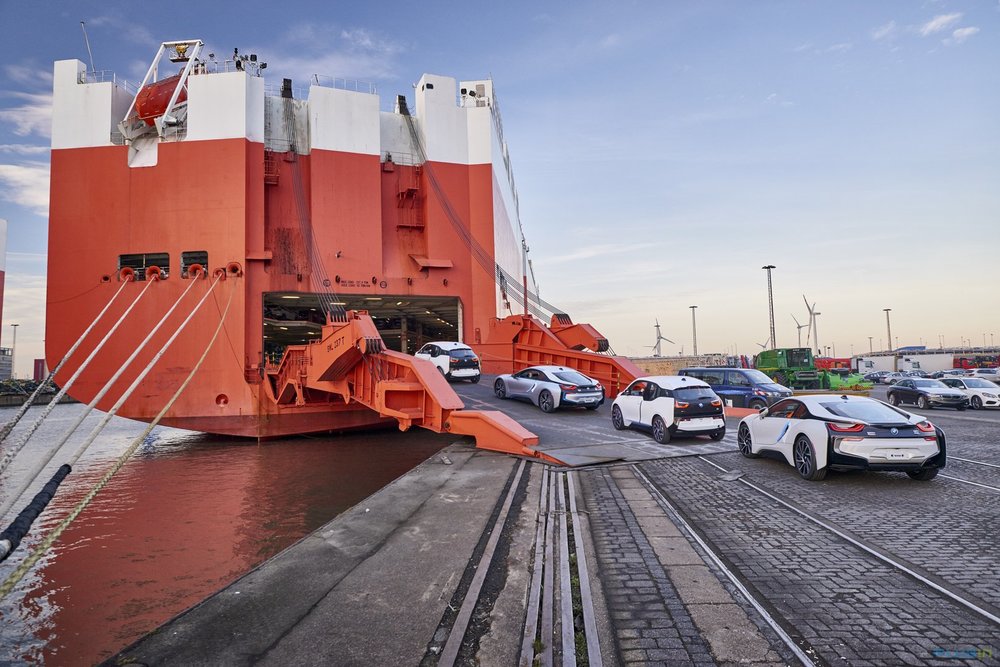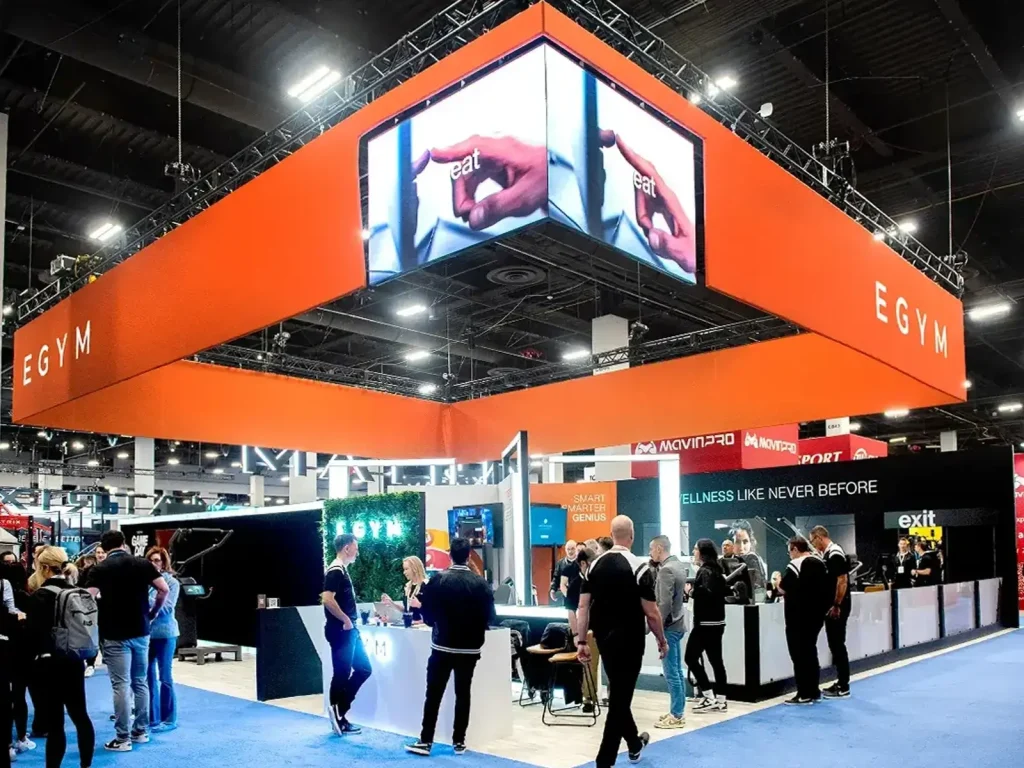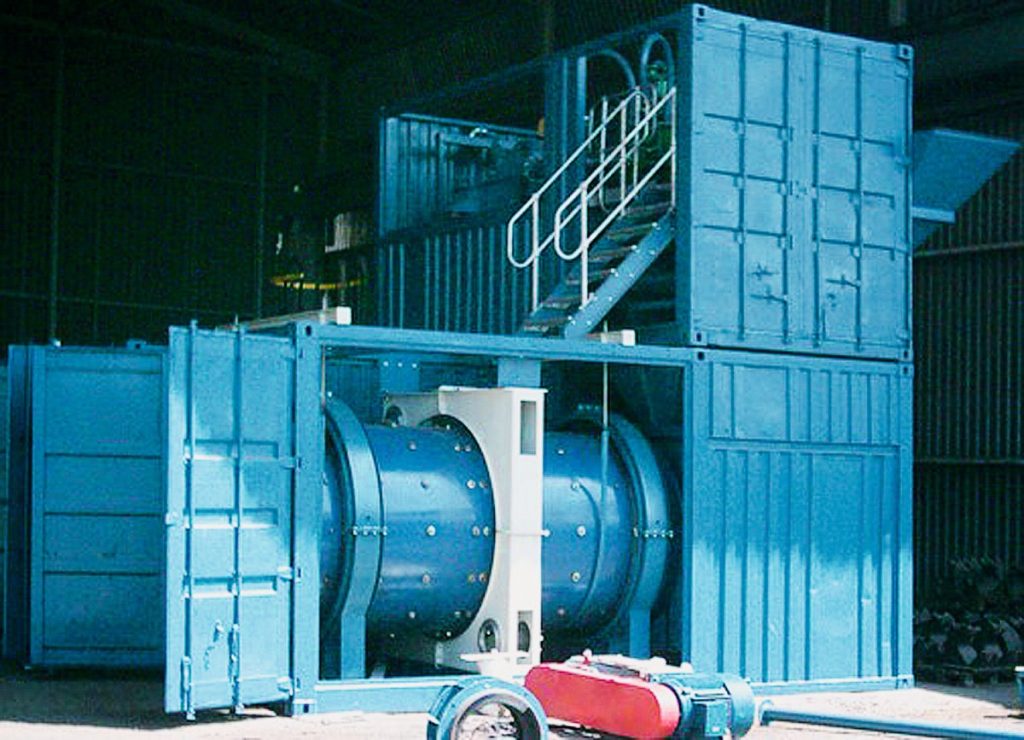Travel nursing offers a unique blend of professional growth and personal adventure. It allows nurses to explore new environments, gain valuable experience, and make a real difference in communities that need skilled healthcare support. These opportunities are more than just temporary positions they open doors to career advancement, cultural discovery, and a stronger sense of purpose. For many healthcare professionals, travel nursing becomes a life-changing journey that combines compassion, exploration, and continuous learning.

What Makes Travel Nursing Unique
Travel nursing stands out because it provides both flexibility and challenge. It gives nurses the chance to work in different healthcare settings while expanding their professional capabilities. Each new assignment offers a new experience, helping them develop confidence and adaptability.
Core benefits include:
- Career development: Exposure to diverse medical practices strengthens skills and enhances expertise.
- Flexibility: Nurses can choose assignments that match their personal and professional goals.
- Adventure: Exploring new locations and meeting different people brings excitement and fulfillment.
- Competitive compensation: Travel nurses often receive attractive pay and benefits packages.
These opportunities allow nurses to expand their horizons, both personally and professionally, while delivering essential care wherever it is needed.
Professional Growth Through Experience
Every travel nursing assignment helps build a stronger foundation for long-term success. Nurses gain insights into varied medical procedures, patient care standards, and healthcare systems. This broad exposure improves their problem-solving skills and confidence in handling complex situations.
Advantages for career growth:
- Learning advanced techniques and technologies in multiple care environments.
- Building a strong professional network across healthcare facilities.
- Gaining leadership and communication experience.
- Developing adaptability and cultural awareness.
Such growth makes travel nurses valuable assets to any healthcare team and enhances their future career prospects.
The Personal Rewards of Travel Nursing
Beyond professional development, travel nursing offers enriching life experiences. It allows nurses to explore new places, experience diverse cultures, and make meaningful connections. Many nurses find this lifestyle rewarding because it blends their passion for healthcare with their desire for exploration. Many healthcare heroes embrace travel nursing jobs to make a difference while experiencing the joy of exploration.
Personal rewards include:
- Experiencing different lifestyles and traditions.
- Building confidence through independence and adaptability.
- Creating lasting friendships and professional relationships.
- Finding fulfillment through service and discovery.
These experiences shape not just careers but lives, making every journey memorable and purposeful.
How Travel Nursing Strengthens Healthcare
Travel nurses play a crucial role in maintaining consistent patient care across regions. They help fill staffing shortages and support hospitals and clinics during high-demand periods. Their adaptability ensures that healthcare services remain accessible and efficient.
Key contributions:
- Providing skilled care where shortages exist.
- Supporting healthcare teams during emergencies or seasonal demands.
- Sharing best practices and new approaches across different care settings.
- Enhancing overall healthcare quality through collaboration and dedication.
Through their commitment, travel nurses help strengthen global healthcare systems while advancing their own professional and personal goals.
Travel nursing is more than a career choice it is a journey of growth, discovery, and service. It empowers nurses to expand their skills, embrace adventure, and make lasting contributions to patient care.
Key takeaways:
- Travel nursing combines career advancement with personal exploration.
- Each assignment brings new learning and cultural experiences.
- The role supports healthcare systems while enriching individual lives.
For those seeking both adventure and advancement, travel nursing opens the door to a truly life-changing experience.






